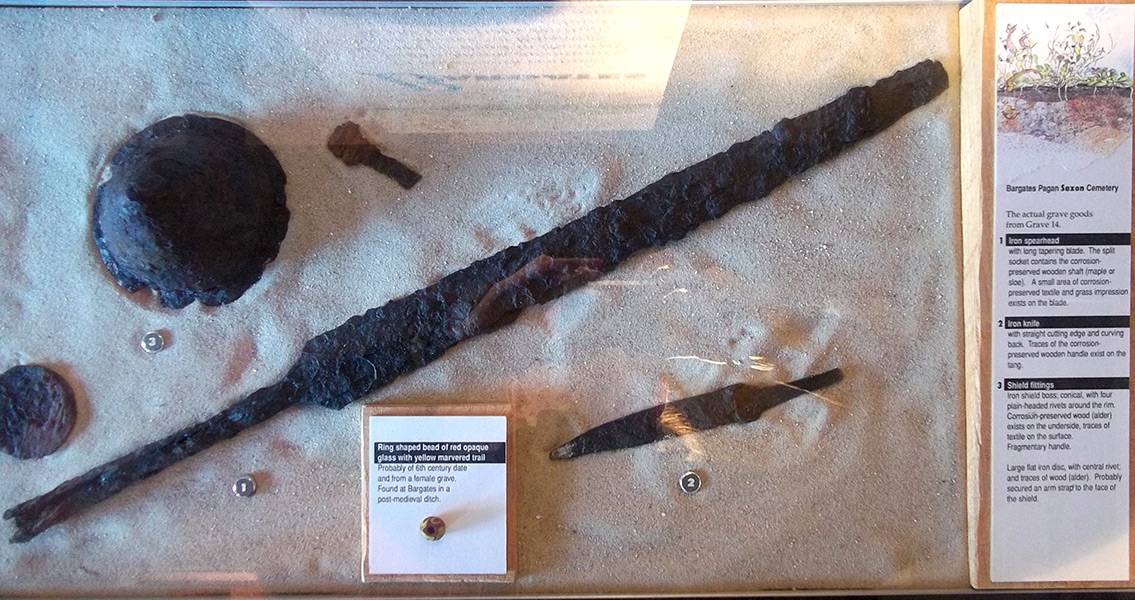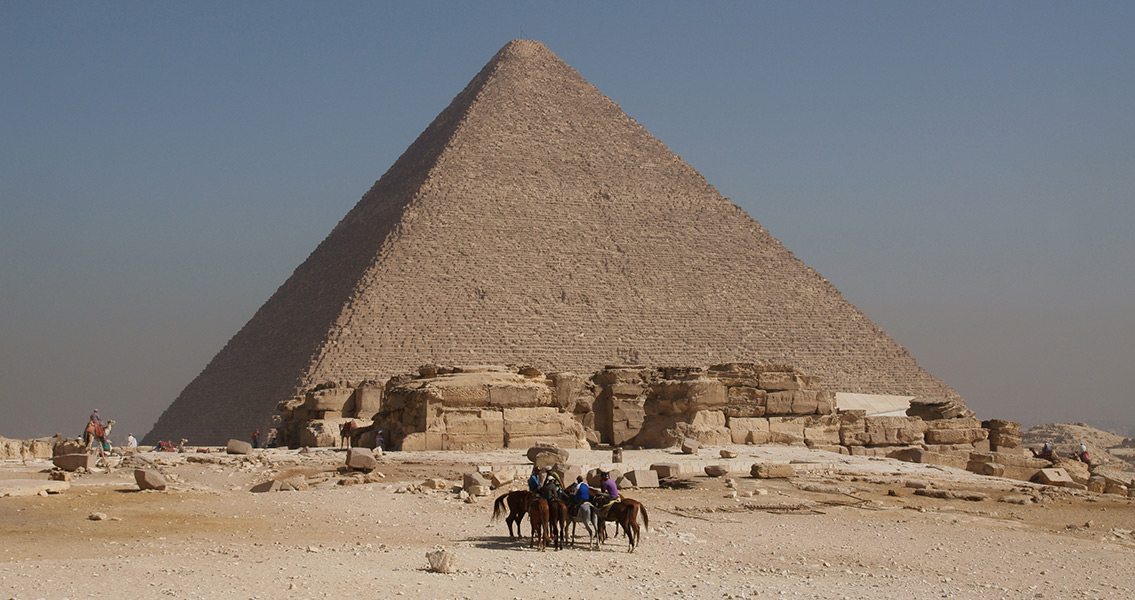Culture24 UK, Wessex Archaeology has just published the full results of their research into these newest discoveries. Neil Fitzpatrick, a representative from the organization, told the website that based on their findings, this site is officially the largest Saxon cemetery discovered in Wiltshire to date – something Fitzpatrick characterized as “pretty cool”, in his own words. There were several noteworthy features discovered regarding the cemetery, most striking of which was how each burial seems to include grave goods including an iron knife. Fitzpatrick remarked that the team was unsure of the symbolism of such an inclusion, but he pointed out that the cultural significance would have been high, as even a large number of burials featuring small children or infants had iron knives as well. There were other discoveries as well, such as nearly a full ten cremations and several warrior burials complete with varied spearheads and shield bosses. One such grave, according to Fitzpatrick, was located beneath an inhumation that had been bereft of grave goods; the warrior himself had been laid to rest with a sword that was in remarkably good condition. Meanwhile, another unique characteristic of the cemetery includes several crouched burials, which tended to either include just an iron knife or no grave goods whatsoever. When it came to the final resting place for women, the graves of female Saxons tended to have recycled Roman-style beads. Broaches of Germanic design festooned with spiral decorations were also common, especially in graves in one area of the cemetery running east to west that may date to the late Iron Age. Thanks to the wide variety of graves in the cemetery, and the several centuries’ worth of burials, Fitzpatrick remarked that it was easy to identify the change from earlier Saxon burials to later Roman ones. The former are much more likely to feature pagan iconography, while the Christian influences of the later Roman period are more prevalent in graves from that era. The Wessex Archaeology representative also pointed out that several funerary structures were found at the cemetery site. Much in the same way that modern cemeteries often feature small mausoleum structures, it seemed common to have similar structures at this cemetery – though they mostly consisted of four posts holding up a roof instead of an enclosed structure. The research findings are available here Image courtesy of Wikimedia Commons user: Pasicles]]>







